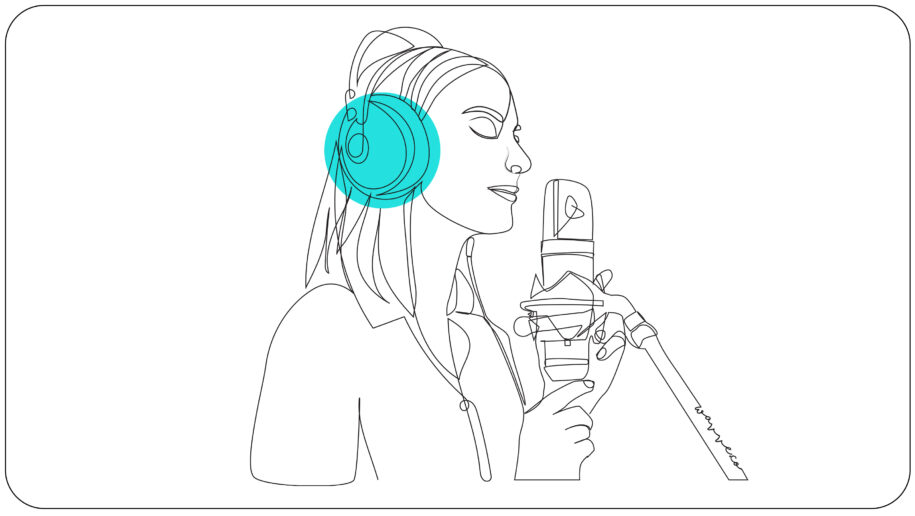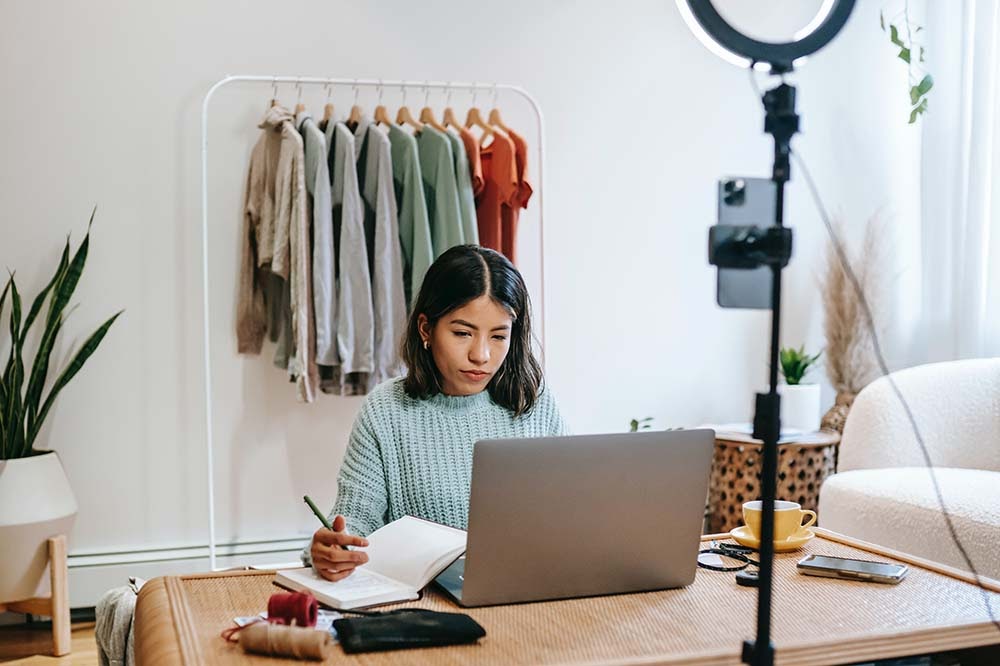
Creating an influencer media kit is an important step in monetizing your social media activity. Whether you’re an author on Twitter, a musician on TikTok, a podcaster on YouTube, or all three, an influencer media kit helps tell your story in a concise way.
Your media kit around your brand is a fantastic way to showcase your content and audience engagement in a way that entices other brands to collaborate with you. And it’s no secret that collaboration usually leads to sponsorship, brand growth, increased reach, and other amazing opportunities.
In today’s guide, we’ll explain what a media kit is and why you should really consider having one. We’ll also show you how to put it together in a way that successfully showcases your brand and what you can offer.
What Is An Influencer Media Kit?
Influencer media kits are documents that act as an important touchpoint for businesses to refer to when considering a collaboration. A media kit acts as a portfolio of your work, but also as a resume, cover letter, and business card. And it’s usually the first thing a brand will ask for if they’re considering working with you on a project.
Influencing as a concept comes from the idea that the more people paying attention to you online, who you can also move to take particular actions, the higher your influence. Many miss the action part of the equation. A million followers who take no action when you make an ask for something will not be attractive to a potential collaborator. (Which is why artificially gaming a following never works.)
The influencer media kit has become a key part of the online world and a core tool for business’ marketing efforts. With 71% of marketers looking to increase their spending on micro-influencer collaborations over the coming year, the industry is predicted to bring in $13.8 billion USD by 2022.
More and more content creators eying this booming market will want to take the important step of creating a media kit.
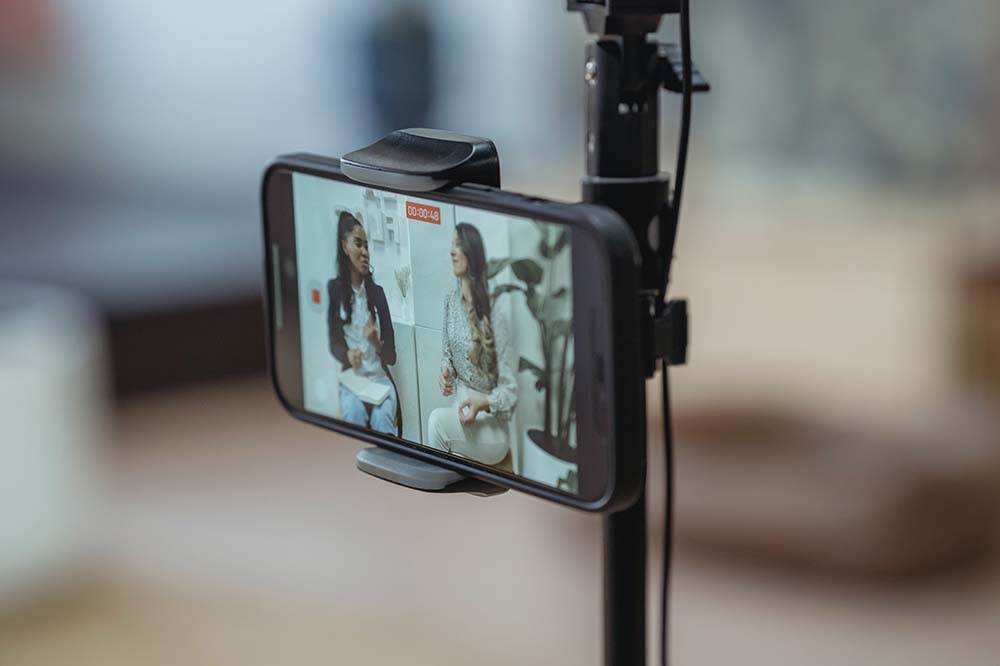
Through your kit, potential partners will get a sense of who you are, your work, your goals, and your audience. It will also give them an idea of what they’ll get from working with you, what they can expect from your audience, and how your brands fit together.
Important Aspects To Keep In Mind For Your Kit
There are a lot of things to think about when creating a media kit. But before we get into the content you’ll need to include, let’s touch on some branding features you need to consider for the overall feel of the document.
- Color
- Font
- Design and Feel
- Language and Tone
- Composition
- Images
Brands want to find synchronicity between their public persona and yours, and they are very sensitive to public perception. If they are looking to attract a certain audience, they will try to attach themselves to an influencer in that market. Keep this in mind when you are looking to work with potential partners, and do some research into how the brand in question markets itself.
5 Things To Include In Your Media Kit
Here are five core pillars that we recommend including in your influencer media kit.
1. About You
This kit is all about giving other brands a sense of who you are and what you’re about. What can you say that no one else can?
Your bio or ‘About Me’ blurb sets the tone for the rest of the document. This section will generally be the first thing in your kit so it should be unique, striking, and easy to read. It should also be a concise summary of your brand, aesthetic, tone, and more. Remember to include an image of you so they know who they’re working with.
This section also acts like a prepared elevator pitch that should leave the reader feeling like they now understand better what to expect from your kit.

2. Audience Data
The relationship between an influencer and a brand is all about the audience. A brand will want you to reach a particular target audience, which may likely be an extension of your existing audience or reach. This makes it vital to include audience stats in your influencer media kit.
You should include demographics like location, income, gender, age, etc. This breakdown of your audience and reach will help brands determine to what extent you can help them engage their target audience.
For example, imagine an investment company is looking to work with a podcast influencer. They may want to work with your podcast only if they see you have an audience with a specific income and within a certain age group, where investment is a popular choice.
You can do research into each potential brand and highlight the demographic stats that may have particular value to them.
Collecting this data through audience surveys, lead forms, paid advertising reports, or other tools will help your media kit stand out to the best-fitting brands.
3. Social Media Analytics
It’s true. Influencing doesn’t always come down to the numbers. An individual can have tons of followers but have no impact on what their followers consume. The social media gurus call these ghost followers. However, stats and analytics are still important to brands, and they’ll want to know what yours are.
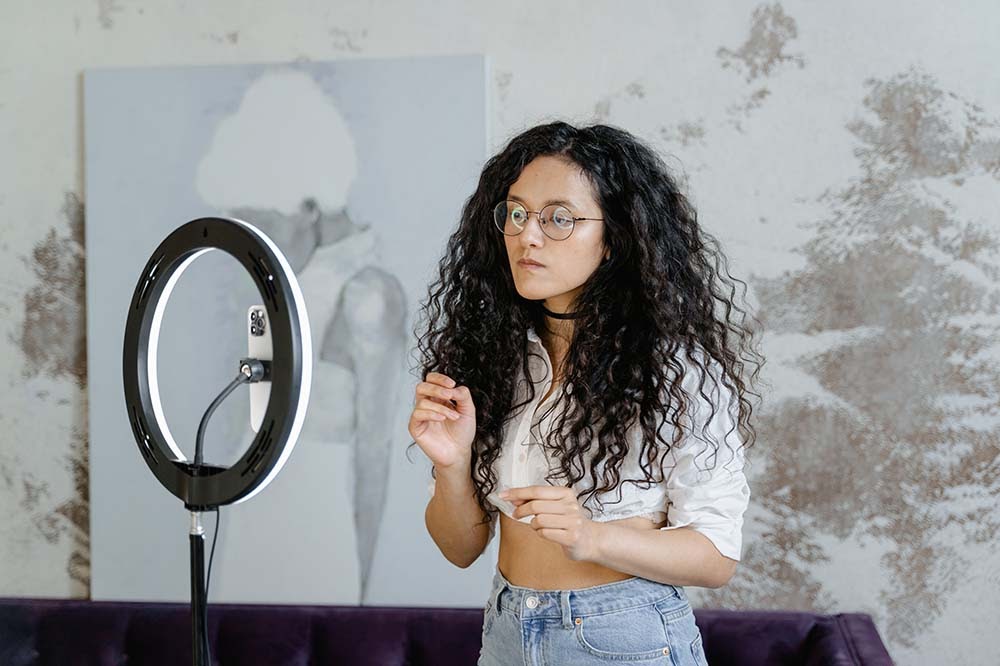
The most important stat to add to your influencer media kit is your engagement rate. This shows how your followers interact with your content and emphasizes your influence or impact over them.
If you can share any click-through or conversion statistics on past campaigns, such as how many of your audience purchased something based off your recommendation, or signed-up for something based off a post of yours, this helps tremendously.
4. Past Collaborations & Reviews
There’s nothing like an example of a happy customer to show that your brand is solid. Always ask the brands you work with for feedback or a review. Include short quotes or paragraphs from each client in your kit.
If you don’t have any reviews or testimonials, you can just list the brands you’ve worked with, if any. If there are none at all, don’t worry. You’ll gain a few as you grow as an influencer and do the work.
5. Content Examples
Examples of what your posts look like give your potential collaborator a clear vision of what to expect. Of course, they will have done research into your brand and your content, but you want to highlight your best posts.
You should always include images in your kit. Of course, some influencers, like photographers, use images to spotlight their best work to clients. Others, like podcast creators or musicians, use images to give a feel for their brand and themselves. This includes images in the studio, performing, or some headshots, etc.
Links to multimedia content is another fantastic content-sharing option for influencer kits. Add links to your website and videos, include past work examples, and offer up any content you feel sells you to other brands.
To save your potential collaborators from having to listen to hours of video or audio, consider creating Wavve audiogram videos of your content to highlight key moments that will resonate the most.
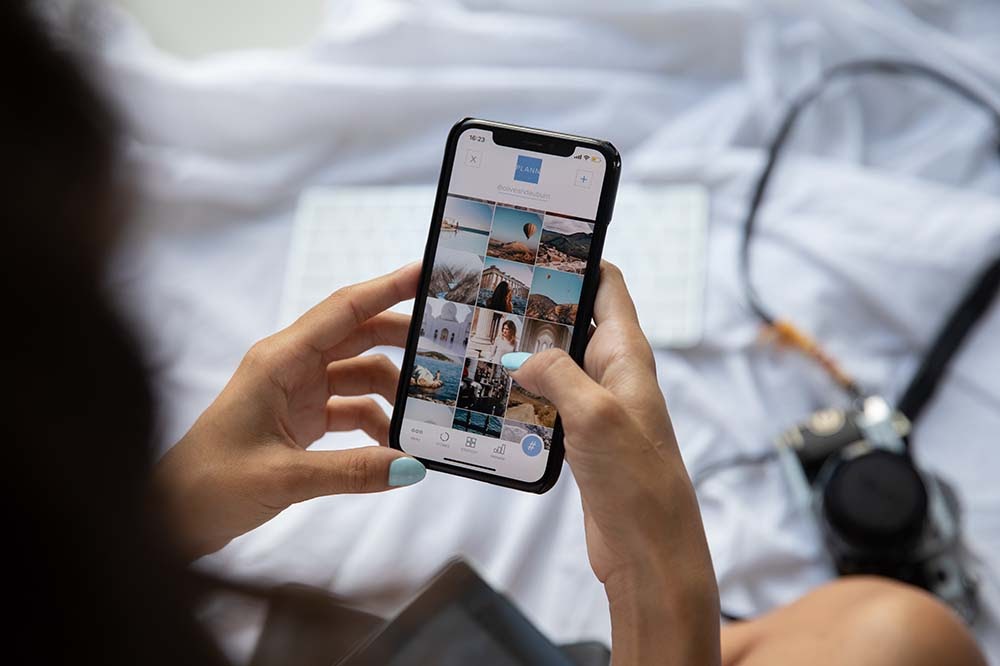
With Wavve Link, podcasters can create an easy all-in-one link to all their podcast episodes, social links, and streaming platforms. Brands can browse all your episodes from a single link. It’s a convenient and wonderful way to share your audio content directly with your audience, allowing them to access it with a few clicks.
You’re Ready To Go!
Include these five core media kit elements, and you’re ready to go! You’ll have brands excited to work with you, and super impressed with your professionalism. Creating an influencer media kit is a crucial first step to monetizing your content.
I’m the CEO of Wavve. I love encouraging creators and entrepreneurs to share their stories and lead with purpose.

